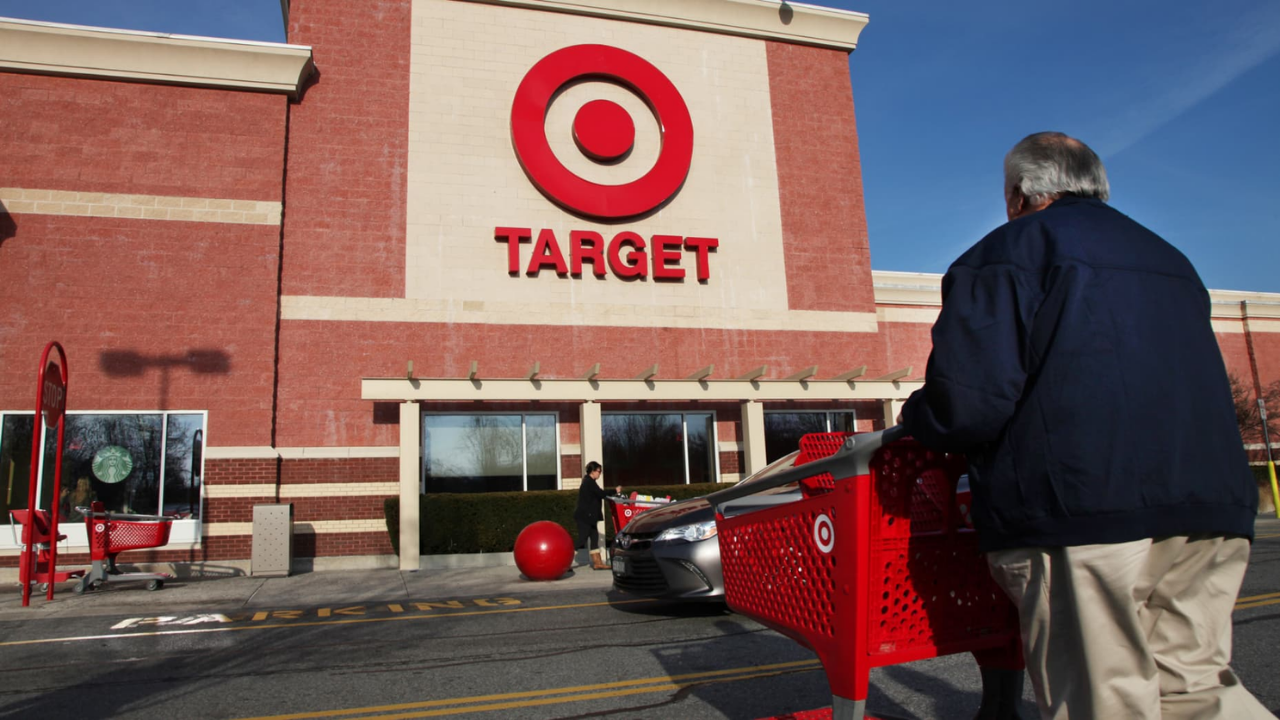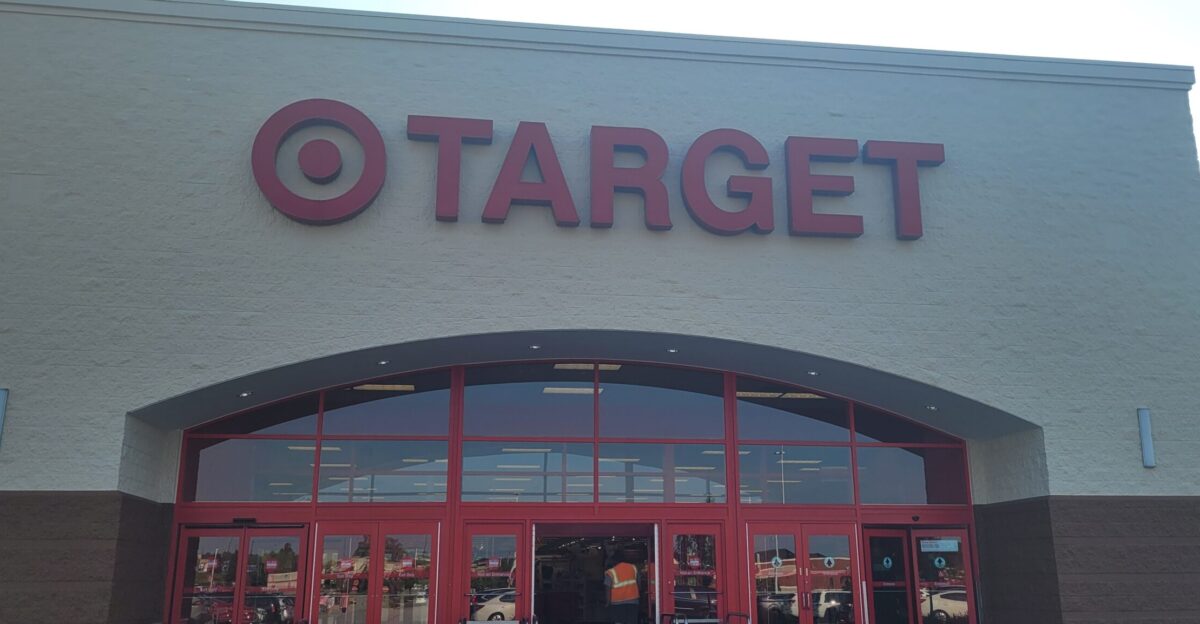
Target Corporation will cut 1,800 corporate roles at its Minneapolis headquarters—1,000 layoffs and 800 unfilled positions—in its largest restructuring in a decade. Announced October 23, 2025, the reduction represents roughly 8% of the company’s headquarters workforce.
After 11 straight quarters of flat or declining sales and a 65% drop in stock value since 2021, the move reflects deep strain in the retail giant’s operations. Newly appointed CEO Michael Fiddelke, who formally assumes leadership in February 2026, told employees, “The complexity we’ve created over time has been holding us back. Too many layers and overlapping work have slowed decisions.”
The changes mark a decisive shift for a company hurt by inflation, tariffs, tepid consumer spending, and relentless competition from Walmart and Amazon.
Why Target Is Restructuring Now

Target’s Q2 2025 sales slipped 0.9% to $25.2 billion, while operating income dropped nearly 20% to $1.3 billion. The company’s new “Enterprise Acceleration Office,” launched in May, aims to streamline operations, flatten management, and modernize decision-making.
“The truth is, simplifying structure is no longer optional,” said retail analyst Angela Parks of RBC Capital. “They need fewer approval layers and faster execution to compete with digital-first rivals.”
Leadership roles are being reduced at triple the rate of other positions. Starting October 28, laid‑off employees—mostly in technology, marketing, and finance—will receive pay and benefits through January 3, 2026. Severance packages vary by tenure.
Local Impact: A City Feels the Chill

In Minneapolis, the layoffs land hard. Restaurants, cafés, and service providers near Target Plaza expect steep losses in foot traffic. “We rely on corporate workers for nearly half our business,” said Andrew Lopez, manager of a North Loop coffee shop. “Losing hundreds of daily regulars overnight will hurt.”
The Minnesota Department of Employment and Economic Development warned that job market recovery could be slow as seasonal hiring wanes. Economists estimate that every 100 HQ jobs support roughly 35 additional service positions in the Twin Cities economy.
Beyond economics, counselors report surging anxiety among affected employees. “Losing a job close to the holidays compounds stress,” said local therapist Melissa Grant. “People often struggle with identity loss after long corporate careers.”
Shifting Strategies and Global Ripples

Target’s management insists the layoffs are part of a strategic transformation, not a last‑ditch cost‑cutting effort. Yet the ripple effects will reach well beyond Minneapolis. Thousands of suppliers and partners tied to Target’s $25 billion in quarterly purchases may face reduced orders or renegotiated contracts.
Tariff pressures and rising costs are also prompting a global sourcing rethink. Target could shift some production away from Asia, joining a broader retail trend toward supplier diversification. “We’re seeing many U.S. retailers recalibrate their supply chains due to cost inflation and geopolitical risk,” said logistics consultant Nadia Wong, noting that similar moves in 2024 reshaped apparel trade across Vietnam and Mexico.
Vendors and logistics firms are bracing for tighter forecasting cycles and shorter contracts as Target centralizes procurement.
A Tougher Competitive Landscape

Fiddelke faces perhaps the most difficult turnaround since the company’s data‑breach crisis a decade ago. Foot traffic has declined for more than 20 weeks, according to Placer.ai, even as digital sales grew modestly—up 4.3% in Q2. Fiscal 2025 guidance projects slightly lower full‑year sales, underscoring how consumers remain cautious.
Competitors are watching closely. Walmart and Amazon could gain share if Target’s service quality suffers during the transition, though a leaner structure may ultimately make Target more responsive. “This isn’t just about saving money,” said Fiddelke in a staff memo. “It’s about freeing ourselves to move at the pace our guests expect.”
Still, uncertainty looms for investors. While optimists see potential margin recovery, skeptics worry the reorganization could disrupt operations just as holiday sales ramp up. Q3 and Q4 earnings will offer the first test of whether the changes deliver results or deepen instability.
Broader Questions on Corporate Responsibility
The layoffs have renewed debate over the social role of large employers during economic volatility. Critics argue that profitable corporations should avoid sweeping job cuts, while supporters counter that modernization protects long‑term competitiveness.
Target remains Minnesota’s largest private employer, with deep civic roots. But as business models evolve, even legacy companies are questioning how much human capital they can sustain in an era of automation and AI‑driven efficiency.
“Restructurings like this are becoming the new normal,” said global retail strategist Paulo Santos. “We’re seeing similar moves at Carrefour in France and Tesco in the U.K.—companies adapting to shrinking margins and digital disruption. It’s not just Target’s story; it’s retail’s story worldwide.”
For Minneapolis families packing desks this week, the calculus feels more personal. The job losses close a chapter in one of the city’s most stable employers. Yet for Fiddelke, they mark the starting point of what he calls “Target’s next chapter of growth.”
Whether that vision revives profits or deepens public criticism will define not only Target’s future but also how American companies balance speed, technology, and their human foundations in the years ahead.